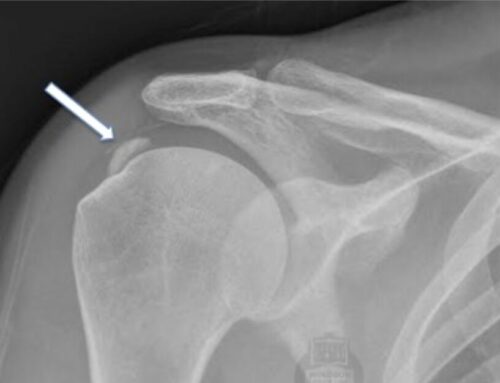To understand what an osteopathy consultation looks like we must first understand what an Osteopath does.
Osteopaths focus on the neuro-musculoskeletal system, which predominantly comprises of bones, muscles, nerves. We are primarily hands-on manual therapists who believe in treating every individual with a wholistic approach, not just focusing the site of pain. In Australia, Osteopaths are trained professionals who have spent 4.5 – 5 years at university honing their skills.
What happens in an Osteopathic consult?
History
After your Osteopath greets you, they will typically start with a thorough health history. This is done to get to know your story, why you’re coming in and how it may affect your daily life. Questions such as:
- Where is your pain?
- How long has been there?
- What type of pain is it – sharp, dull ache, throbbing?
- What activities, movements or positions make it better and what makes it worse?
All of these questions provide information for us to narrow down what might be causing your complaint. Some of the questions asked may not make sense to you, however they are always asked with a purpose. Some conditions can be masked as musculoskeletal pain but may be coming from other places such as your internal organs.
We also ask questions about your past medical history, as this can give an indication to your overall health status. We even probe into your family medical history as this too, can shed light on any underlying causes.
 Physical Examination
Physical Examination
After asking all the necessary questions relating to your complaint the osteopath will then conduct a physical examination. This may involve getting you to move in various directions. Sometimes we take over and move the arm or leg to test range of motion in a specific areas. We test for muscle strength so we may ask you to resist or push against us in certain directions. We also have a good feel of the muscles and tissues in that area. These all assess your function, strength, and pain levels, giving us more information about the cause of you problem.
Treatment
After assessing and diagnosing your condition, your osteopath will then begin treatment. Osteopaths use a variety of hands on techniques some of which may be:
- Massage
- Stretching
- Joint mobilisation
- Joint articulation
- Joint manipulation
- Dry needling

High-Powered Laser Therapy
We also can use some less hands on treatments such as:
- Radial Shockwave Therapy
- High powered LASER therapy and
- Exercise prescription (which invovles giving specific exercises to help fast track your condition)
Management Plan
Once the area has been treated your osteopath will re-test to see if any improvements have been made and then sit down with you to tailor a management plan which helps you reach your goals. This will include the following:
- What is going on? (Your diagnosis)
- What has caused it? (Aggravating factors)
- How it has happened? (Causative factors)
- A time line for recovery (Prognosis)
- And any exercises, stretches or investigations that will help accelerate healing.
It is important that you are accurately diagnosed as your health professional so that you are receiving the right management for your condition. We always aim to educate our clients so that you are well informed about what is going on with your body – after all, knowledge is power! You can make an appointment at Pakenham Osteopathy. Click here to book online or call us on 5941-4157.

 Physical Examination
Physical Examination




